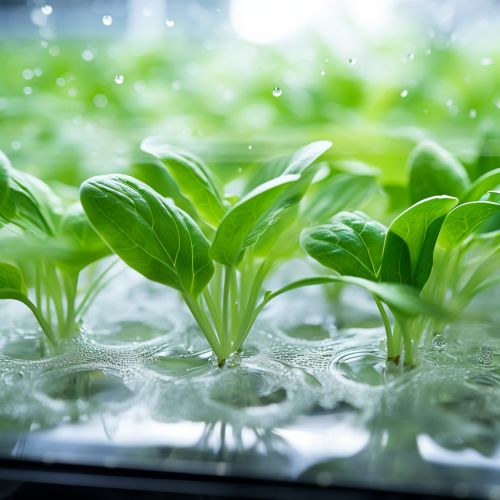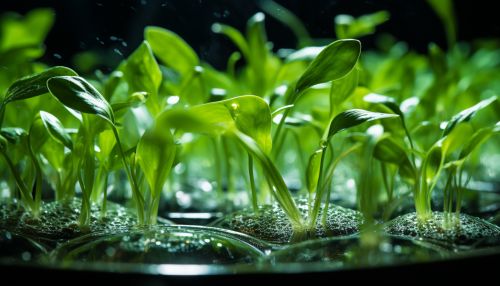Tissue Culture in Plant Propagation
Introduction
Tissue culture is a technique used in botany and plant physiology that involves the growth of plant cells, tissues, or organs in sterile conditions on a nutrient culture medium known as Murashige and Skoog medium. The method, also known as micropropagation, is widely used in the propagation of a large variety of plant species.


History
The concept of tissue culture was first introduced by Gottlieb Haberlandt, a German botanist, in the early 20th century. However, it was not until the mid-20th century that tissue culture techniques were successfully applied to a wide range of plant species. The development of tissue culture has played a significant role in advancements in plant propagation, plant breeding, and genetic engineering.
Principles of Tissue Culture
Tissue culture is based on the principle of totipotency, which is the ability of a single cell to divide and produce all of the differentiated cells in an organism, including extraembryonic tissues. Totipotency is a fundamental property of plant cells, and it is this characteristic that makes tissue culture possible.
Techniques in Tissue Culture
There are several techniques used in tissue culture, including callus culture, cell suspension culture, organ culture, and protoplast culture. Each of these techniques has its own specific applications and advantages in plant propagation.
Applications of Tissue Culture in Plant Propagation
Tissue culture has a wide range of applications in plant propagation. It is used in the production of clones of a plant in a method known as micropropagation. This is particularly useful for the propagation of plants with slow growth or poor seed production. Tissue culture is also used in the production of hybrid plants through protoplast fusion, and in the production of genetically modified plants.
Challenges and Future Perspectives
Despite its numerous advantages, tissue culture is not without its challenges. These include the high cost of the process, the risk of contamination, and the potential for somaclonal variation. However, ongoing research and advancements in technology continue to improve the efficiency and effectiveness of tissue culture in plant propagation.
